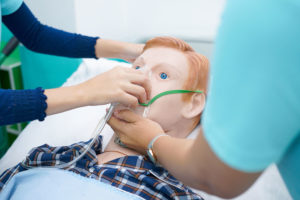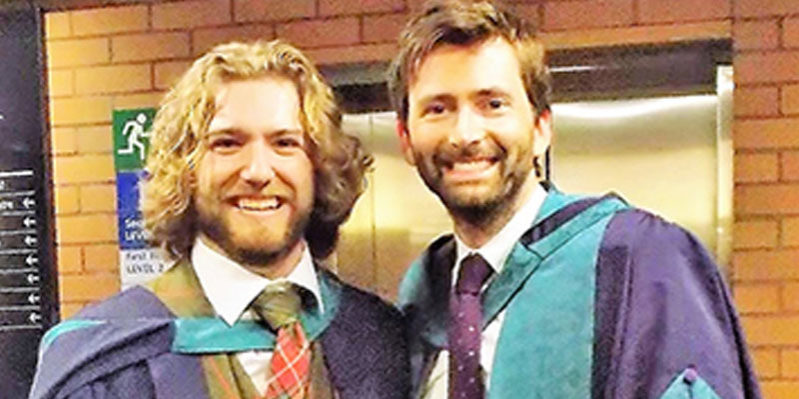
The Surgical Technology and Respiratory Therapist programs in HFC’s School of Health and Human Services (HHS) recently unveiled two new state-of-the-art labs.
Surgical Technology: From classroom to OR
Surgical Technology’s newly-renovated lab and equipment simulate real-life patient care scenarios and provide innovative, surgical robotic training. Critical and creative thinking is encouraged via case studies and mock surgical scenarios. Students must provide an overview of the surgical experience from the viewpoint of the patient and the entire surgical team.
“The new lab brings amazing new opportunities. We have medical programs from top-tier med schools that want to come in and train their med students and residents in our lab!” said Keambra Pierson, HFC Surgical Technology program director. She is a 2006 graduate of the program.
Established in 1997, the Surgical Technology program prepares students for employment as surgical technologists. In the first year, students complete the basic technical and academic courses. The second year focuses on advanced technical courses and the clinical component of the program. Students spend approximately 600 hours in a variety of diverse clinical settings.
The program, which admits only 20 students per year, is nationally accredited by the Commission on Accreditation of Allied Health Education Programs. For the past four years, HFC students have taken the National Certified Surgical Technologist Exam with a 100% pass rate. For the past 10 years, HFC students have found 100% job placement.
“I have imagined a new lab since I was a student. The old lab felt like a classroom,” recalled Pierson. “When I interviewed for the position, I was told they would like to design a state-of-the-art lab. So that was my first task. I worked on the budget and design for two years. Building the new space happened the third year. I wanted my students to experience the operating room (OR) environment before they started their externship. I wanted the lab to flow like an OR. The new lab has accomplished all of those things!”
 Respiratory Therapist: Simulating real-life scenarios
Respiratory Therapist: Simulating real-life scenarios
The Respiratory Therapist lab now contains hospital headwalls, which contain piped-in oxygen, air, and vacuum outlets powered by new air and vacuum compressors. This setting allows for state-of-the-art simulation of real life patient scenarios in conjunction with simulation mannequins, ventilators, and other critical care equipment.
“I am very proud of the renovation and expansion of our Respiratory Therapist program laboratory. New hospital grade air-compressor and vacuum systems with new piping, along with new simulation manikins, allows for state-of-the-art simulation for our students’ experiences,” said Kim Najarian, HFC Respiratory Therapist program director.
The Respiratory Therapist program began in 1982. It trains students to work in all areas of the health care environment. Students rotate through general floor therapy, emergency departments, adult, pediatric, neonatal intensive care, as well as rehab and home care settings.
Nationally accredited by the Commission of Accreditation for Respiratory Care, graduates of the program are awarded an associate degree in applied science and are eligible to apply for the National Board of Respiratory Care examination, which leads to the national credential designation of Registered Respiratory Therapist and state licensure as a respiratory therapist.
The first year of the program includes technical and support courses. Beginning with the spring semester and throughout the second year, students are required to complete advanced technical courses and a variety of clinical rotations. Only 28 students are admitted to the program each year.
“We give the students early opportunity to interact with patients, beginning the second semester of their first year, by performing oxygen therapy and patient assessment. They progress to working in the Intensive Care Units (ICU), where we manage ventilation for the sickest patients in the hospital. The Respiratory Therapist program is the only program that has two semesters of ICU training,” said Najarian.
The goal of the Respiratory Therapist program is to prepare graduates with demonstrated competence in the cognitive (knowledge), psychomotor (skills), and affective (behavioral) learning domains of respiratory care practice as performed by RRTs. The program has a proven track record – there is a 100% pass rate on the National Respiratory Therapist Exam since the beginning, including a 99% pass rate on the first attempt. Since its inception in 1982, students have found 100% job placement in the state of Michigan.
For information about the Surgical Technology program, contact Pierson at [email protected]. For information about the Respiratory Therapist program, contact Najarian at [email protected].



